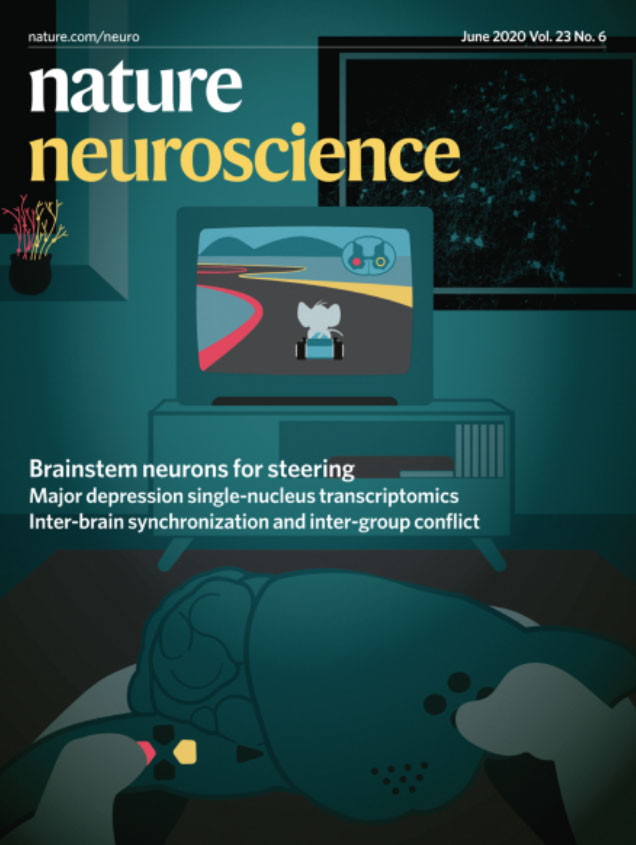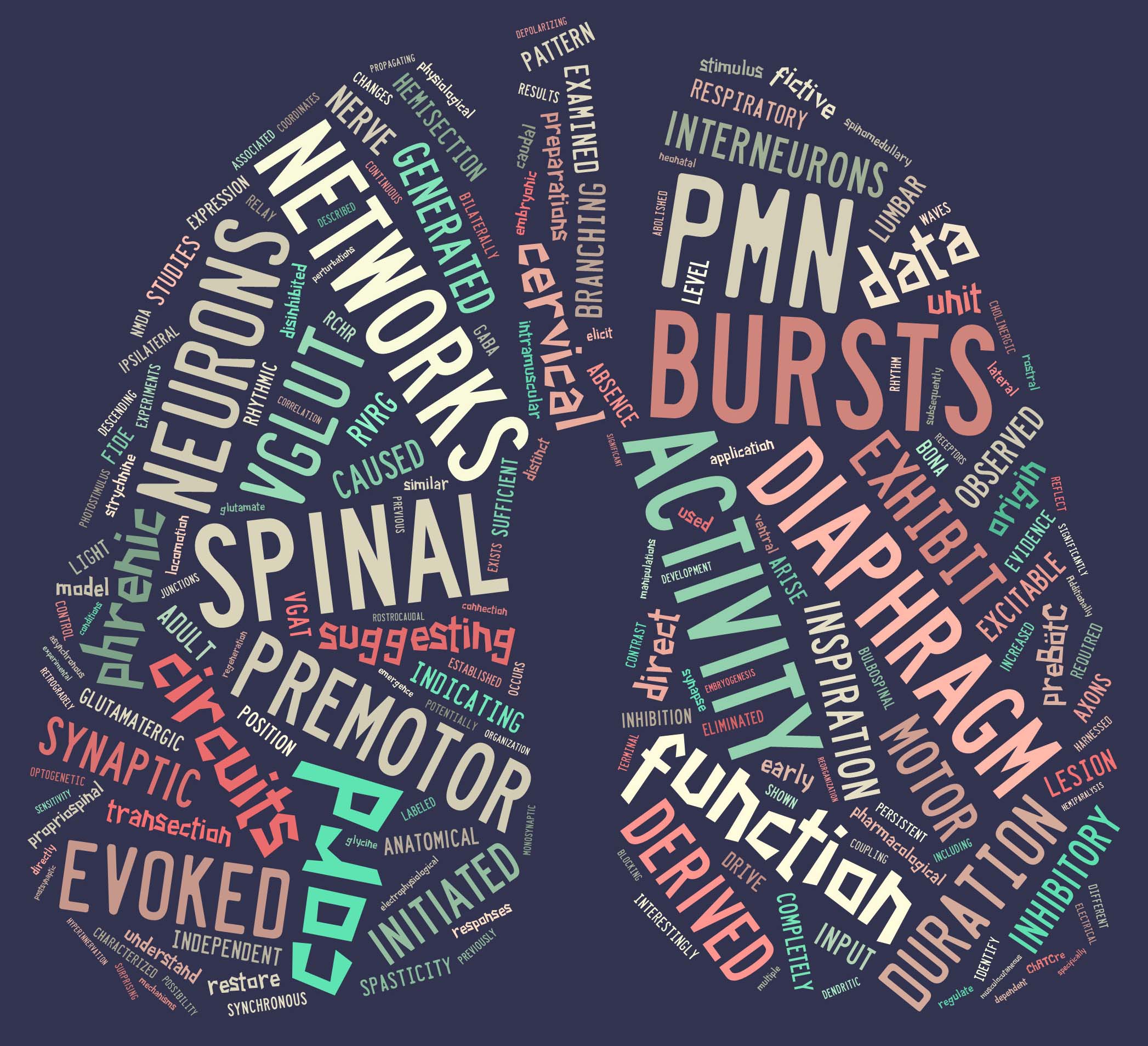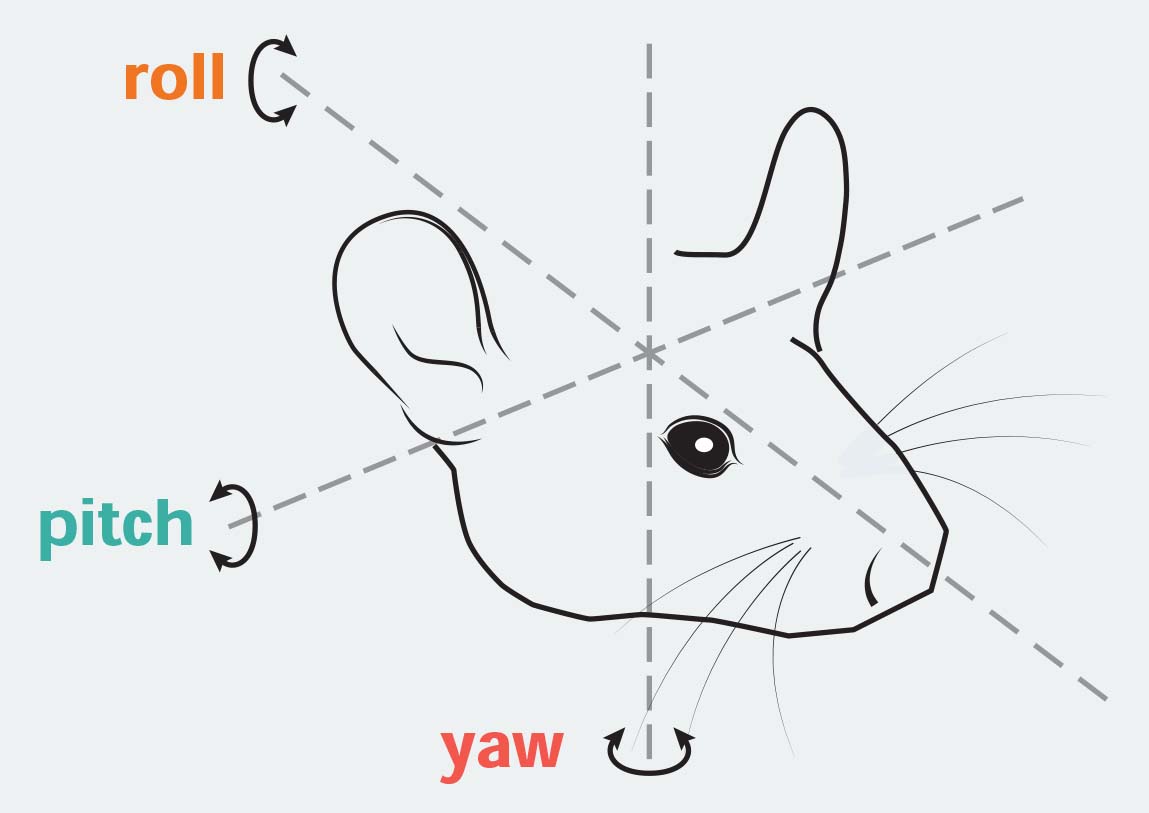Research
Motor circuits act as the basis of behavior. Motor control is organized across echelons of the mammalian nervous system, including both cortical and subcortical levels. In particular, the brainstem acts as a gate between higher brain functions and execution of movements by spinal motor networks. Thus, the brainstem represents a crucial bottleneck in sensorimotor processing. Our research focuses on revealing the functional organization of brainstem motor circuits, working toward interventions for human movement disorders.
Brainstem Circuits for Motor Control

Locomotion requires coordinated muscle contraction driven by spinal networks, with the brainstem regulating initiation and speed. Our recent discoveries show that specific neurons in the brainstem also control turning. This work is critical to understanding locomotor deficits in Parkinson’s disease.

Respiration, a continuous behavior in mammals, is governed by the brainstem’s preBötzinger complex. Our research has demonstrated that inhibition is essential for rapid respiratory rates during activities like exercise.

Our work has detailed brainstem circuits for yaw movement and is now exploring the less understood pitch and roll functions, crucial for head orientation and body posture, by analyzing the vestibular nuclei’s role in these movements.